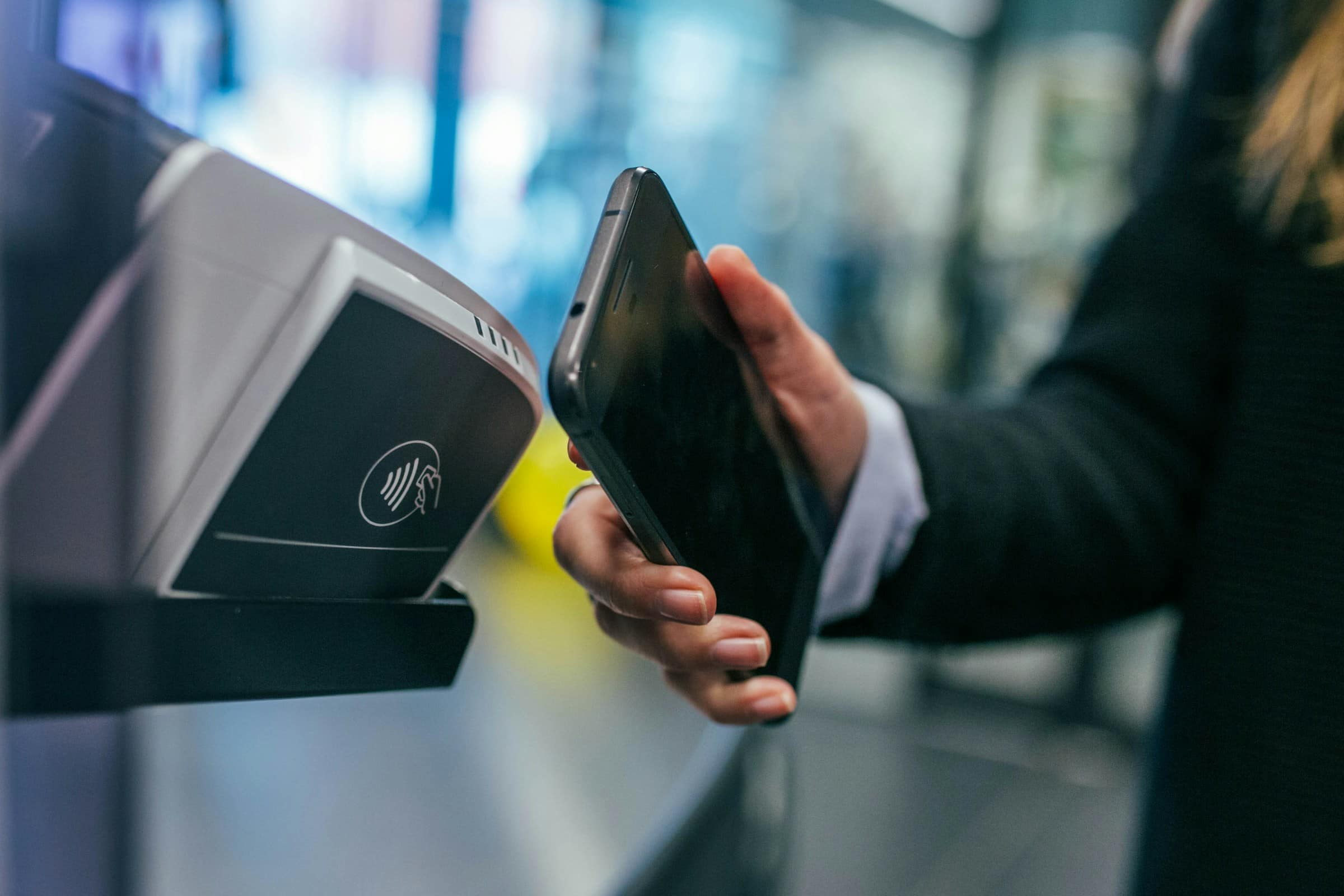How to Use Your Smartphone to Create a Customized Smart Home Garden?

In today's technology-driven world, the blending of smart home automation with gardening has become an appealing concept for many. Imagine having the ability to control your garden with just a few taps on your smartphone. The seamless integration of smart devices, coupled with the convenience of home automation systems, offers a unique opportunity to create a customized, efficient, and thriving smart garden. This article will guide you on how to utilize your smartphone to transform your home garden into a technologically advanced oasis.
The Foundation of a Smart Home Garden
To begin creating your smart home garden, you'll first need to understand the basics. Smart gardening involves the use of various smart devices and home automation systems to monitor and manage the needs of your plants. These devices can include everything from smart lighting to automated watering systems, all of which can be controlled via your smartphone.
A lire aussi : How to Use Your Smartphone to Monitor and Control a Smart Home Pool System?
Choosing the Right Smart Devices
Selecting the best smart devices for your garden is crucial. Products like the Philips Hue outdoor lights or the RainMachine smart sprinkler system can make a significant impact.
Philips Hue offers adjustable lighting that can mimic natural sunlight, ensuring your plants receive the right amount of light throughout the day. On the other hand, the RainMachine allows for precise watering schedules, helping to conserve water and promote healthy plant growth.
Lire également : What Are the Effective Methods for Using Smartphones to Monitor Personal Health Metrics?
Google Home and Amazon Alexa are also essential components of a smart home garden. These devices can be integrated with other smart gardening gadgets to provide voice control, making it easier to manage your garden without lifting a finger.
Setting Up a Home Automation System
Once you've selected your devices, the next step is to set up a home automation system. Platforms like Google Assistant or Amazon Alexa can help you control all your smart devices from one central hub.
Using your smartphone, download the respective app (Google Home or Amazon Alexa) and follow the setup instructions. These apps allow you to create routines and schedules for your garden, ensuring everything from lighting to watering is automated and efficient.
Managing Your Smart Garden with Apps
A critical component of a smart home garden is the use of specific apps to control and monitor your devices. These apps provide an interface that lets you adjust settings, view data, and receive notifications about the status of your plants.
Best Apps for Smart Gardening
Several apps cater specifically to smart gardening. SmartPlant, for example, offers personalized plant care advice and integrates with various smart devices. It allows you to scan plants to identify them and provides care instructions tailored to each specific plant.
Another excellent app is PlantSnap, which helps you identify plants and flowers you may not be familiar with. This can be particularly helpful when deciding which plants are best suited for your smart garden.
For more advanced control, the My Garden app by Gardena connects with their range of smart gardening devices. It provides detailed schedules and notifications, ensuring optimal care for your plants.
Integrating Apps with Smart Devices
Integration is key to a seamless smart garden experience. Ensure that the apps you've chosen are compatible with your smart devices. Most garden-related smart devices come with their own proprietary apps, but many can also be integrated with Google Home or Amazon Alexa for streamlined control.
For example, if you are using Philips Hue lights and a RainMachine sprinkler, both can be controlled via the Google Home app. This level of integration allows you to create a fully customized and automated gardening experience that you can manage entirely from your smartphone.
Enhancing Plant Growth with Smart Systems
A primary goal of a smart garden is to enhance the growth and health of your plants. Utilizing the right smart devices and home automation systems can provide the optimal conditions for your plants to thrive.
Smart Lighting Solutions
Lighting plays a crucial role in plant health. Smart lighting solutions like Philips Hue allow you to mimic natural sunlight patterns, which can be particularly beneficial for indoor plants or during seasons with limited sunlight.
By using your smartphone, you can adjust the intensity and color of the lights to match the needs of different plants. For instance, seedlings may require a more intense light, whereas mature plants may benefit from a softer, longer-duration light.
Automated Watering Systems
Watering is another critical aspect of plant care. Smart watering systems like the RainMachine or Rachio can be programmed via your smartphone to deliver precise amounts of water based on weather conditions and soil moisture levels.
These systems not only help conserve water but also prevent over-watering, which can be detrimental to plant health. By receiving real-time data and adjusting watering schedules accordingly, you can ensure that your plants receive the right amount of water at the right time.
Monitoring Plant Health
Several smart devices are designed to monitor the health of your plants. For example, the Parrot Flower Power sensor tracks sunlight, temperature, soil moisture, and fertilizer levels.
By connecting this sensor to an app on your smartphone, you can receive detailed insights and recommendations on how to care for your plants. This data-driven approach helps you make informed decisions, ensuring the longevity and health of your garden.
Creating a Grow Room with Smart Technology
For those looking to take their smart gardening to the next level, creating a grow room might be the answer. A grow room is a controlled environment where plants can be cultivated year-round, regardless of external weather conditions.
Setting Up Your Grow Room
To set up a grow room, you'll need a combination of smart devices and home automation systems. Start with smart lighting solutions like the Philips Hue or Hortilux grow lights, which provide the necessary light spectrum for plant growth.
Next, consider climate control devices like a smart thermostat. Products like the Ecobee or Nest can maintain the ideal temperature and humidity levels within your grow room.
Integrating Automation Systems
Automation is crucial in a grow room. Use your smartphone to set up automated schedules for lighting, watering, and climate control. Apps like Google Home or Amazon Alexa can help you manage these settings from anywhere, ensuring that your plants are always in an optimal environment.
Home assistant apps can further streamline the process by sending you notifications if conditions fall outside the desired range, allowing you to make adjustments in real-time.
Monitoring and Maintenance
Regular monitoring is essential in a grow room. Utilize sensors like the Flower Power or PlantLink to keep track of soil moisture, temperature, and light levels. These sensors provide valuable data that can be accessed via your smartphone, helping you make informed decisions about plant care.
By integrating all these smart devices and systems, you can create a fully automated and efficient grow room that maximizes plant health and yield.
In conclusion, utilizing your smartphone to create a customized smart home garden is not only feasible but also highly advantageous. The combination of smart devices, advanced home automation systems, and intuitive apps can transform your garden into an efficient, thriving ecosystem with minimal effort on your part.
By choosing the right devices, setting up a robust automation system, and using dedicated apps, you can monitor and manage every aspect of your garden from lighting and watering to plant health and growth. Whether you're aiming to enhance the aesthetics of your home or cultivate a productive grow room, the integration of smart technology offers endless possibilities.
As we move forward, the role of technology in gardening will continue to evolve, providing even more innovative solutions to help you achieve the best results. Embrace the future of smart gardening and enjoy the convenience, efficiency, and satisfaction it brings to your home and your garden.
